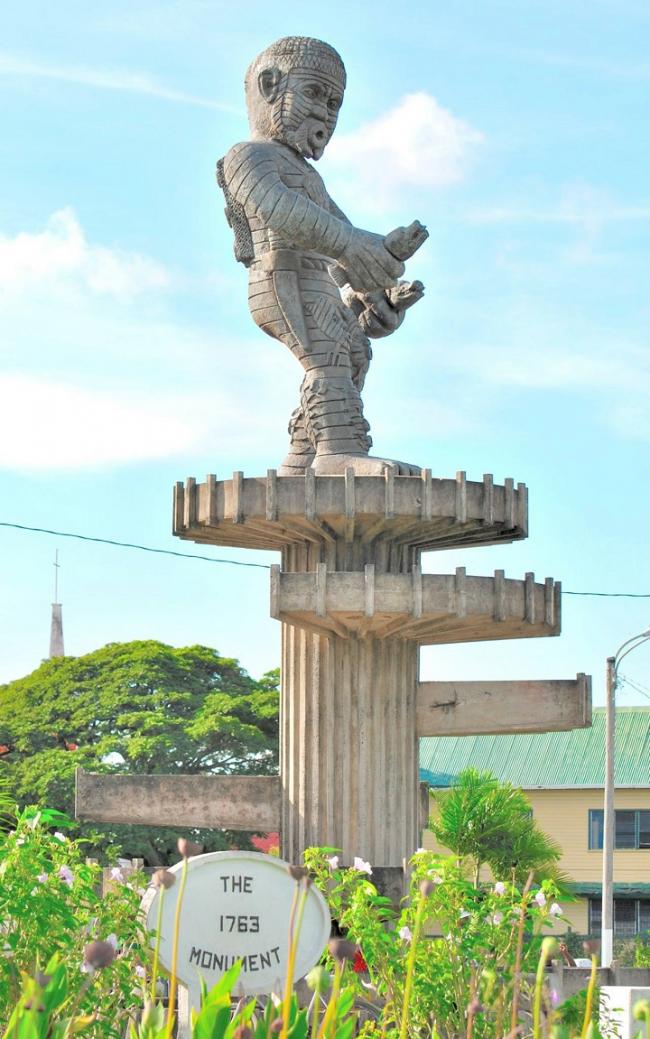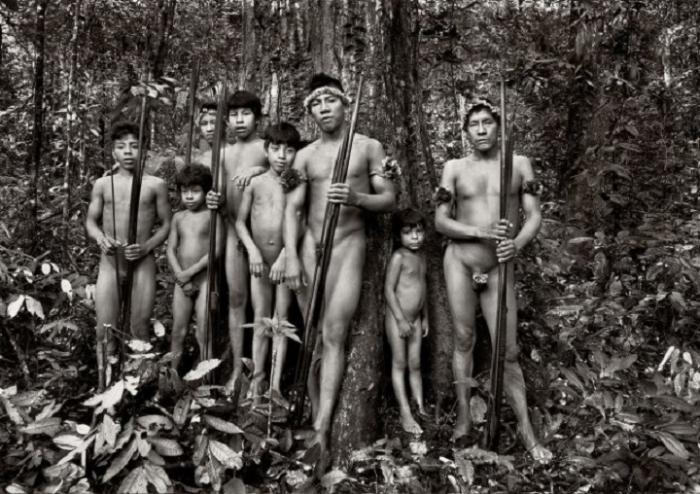SLAVERY’S LEGACY. In this series comparing the movie ’12 Years a Slave’ with the experience of Guyana and Suriname. In the film, there is no end in sight for slavery, no redemption and no justice.
By 1853, slavery had of course ended in Berbice and Demerara (modern Guyana) but still had more than a decade to run in Suriname. History is full of instances where the victims of atrocity got no redress, and slavery is no exception. But that is not to say there was no justice at all; here was a long ‘war’ in which right ultimately prevailed.
What’s left of slavery today? On the one hand, it seems to have disappeared completely; the ‘yards’ have gone, the impedimenta has rotted away, and across the entire region, there are barely a handful of monuments. One of them is this: a statue of Coffey (see photo). It’s an angry-looking piece, cast in England and erected in Georgetown. What Coffey would have made of this is anyone’s guess: a statue of a man whose appearance is unknown, made by the old enemy, and erected in a city that did not exist at the time, was in the wrong colony (Demerara), and took no part in the revolt. Meanwhile, there is nothing in Berbice to commemorate a great revolt, except of course the ruins.
On the other hand, some say that slavery is still everywhere, even in the food and the way people lived. I was often cited examples by Guyanese people, some credible, some doubtful (ranging from the way children are disciplined to the fragility of marriage). But the subject was much discussed, and sometimes, I felt as if slavery was like some weird metaphorical telephone exchange and that every strand of Guianese life somehow led back to this point.
I will end on a cheerful note, with a thought from a Guyanese friend; ‘If it hadn’t been for slavery, we’d be in Congo or Angola now, and we’d never have known this wonderful land …’






